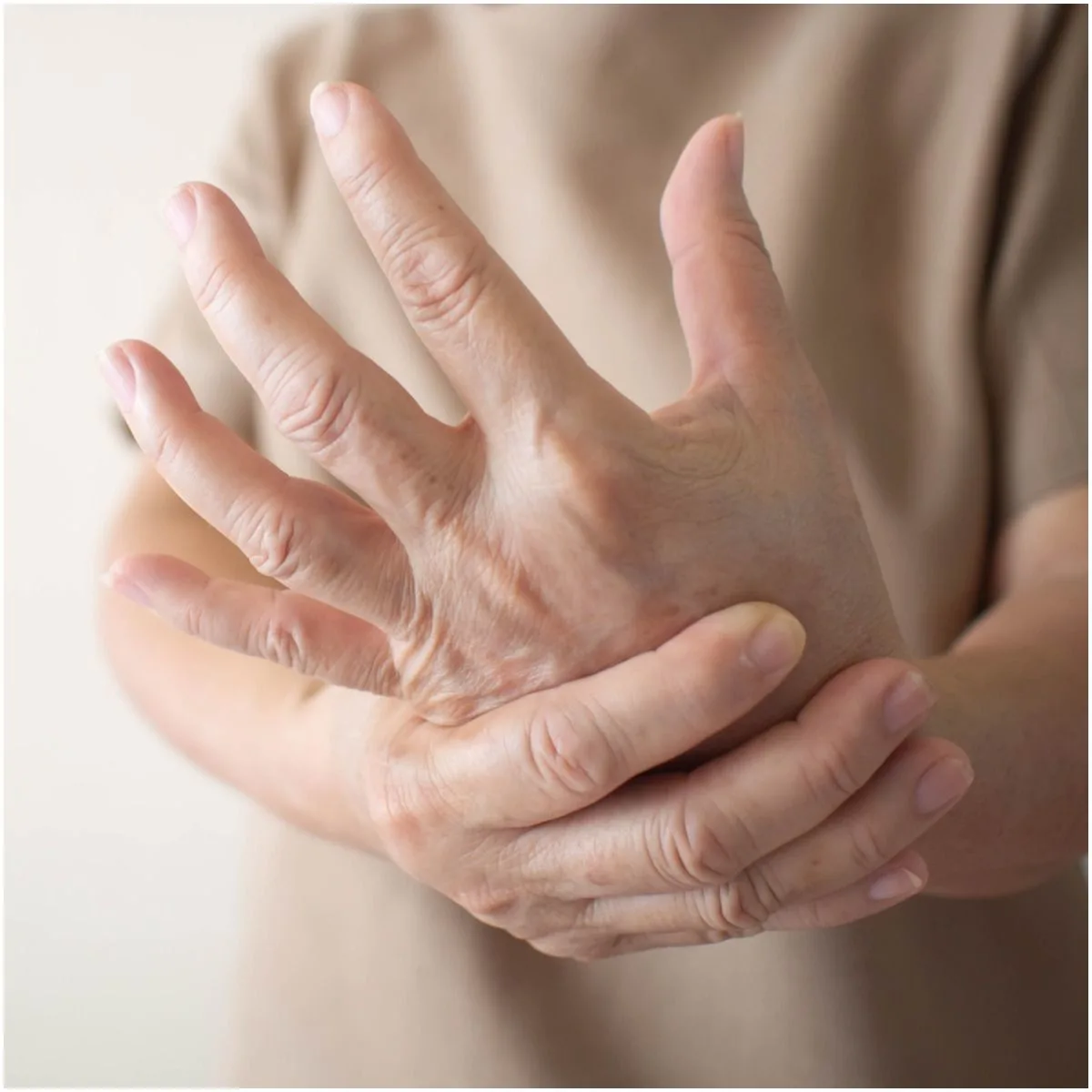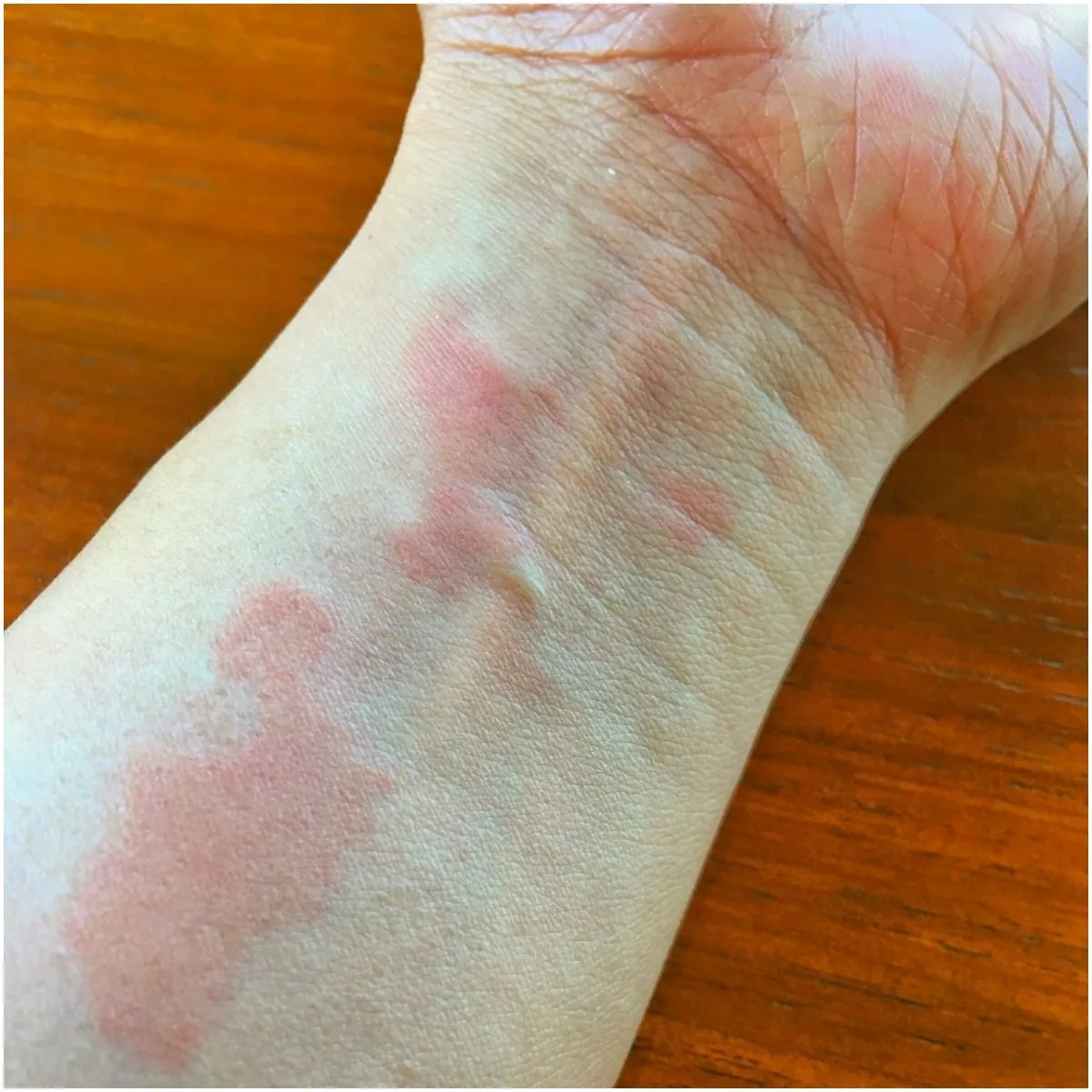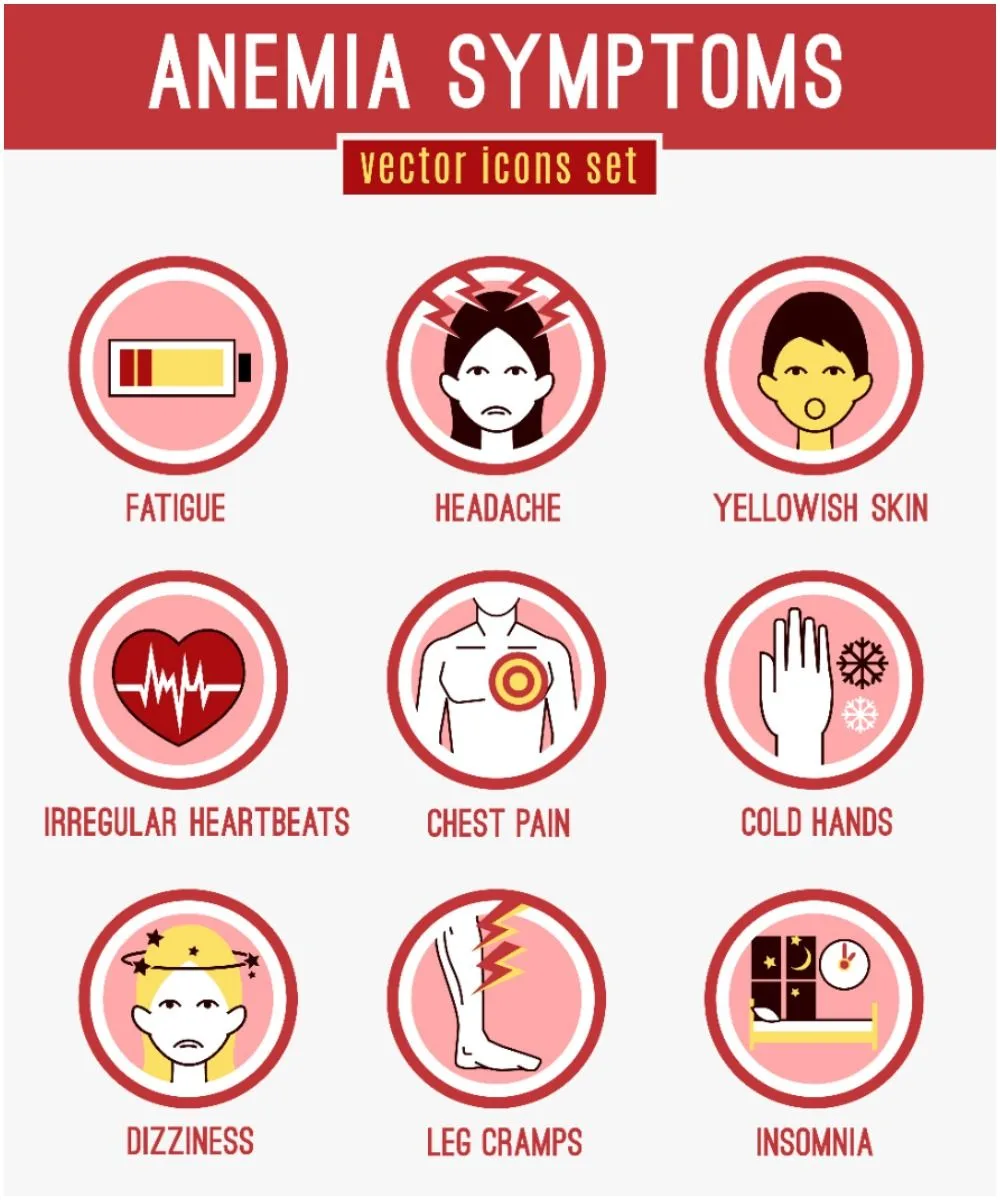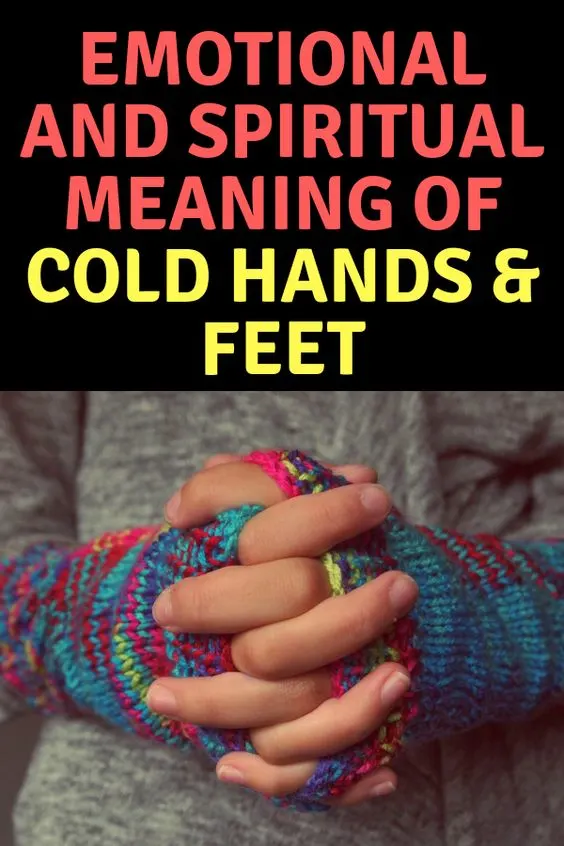Spiritual meaning of cold hands and feet:
Many people have cold hands or feet. For some, cold feet and hands are present all the time.
Also, these symptoms can occur more often during night-time sleep for a very simple reason – during sleep, individuals have reduced oxygen levels in body cells.
Continue reading to learn about the causes and spiritual meaning of cold feet and hands.
Causes of Cold Extremities
Hypothyroidism
Hypothyroidism is a condition that develops when your thyroid gland doesn’t make sufficient thyroid hormone.
About 4.6% of the United States population ages 12 and older have hypothyroidism.
Up to 60% of those with thyroid disease are unaware of their condition.
The thyroid gland regulates your metabolism, therefore, a slow metabolism can produce these symptoms.
Poor Circulation
This is one of the most frequent causes of cold feet.
Poor circulation can make it substantially difficult for enough warm blood to get to the body’s extremities regularly, keeping them cooler than the rest of the body.
One main cause of decreased circulation is atherosclerosis (also referred to as hardening of the arteries), where arteries are narrowed by fatty deposits that impede blood flow in the limbs.
As a result, your feet may appear pale or white when you are lying down or blue or purple when you are sitting.
Other causes of poor circulation include:
- diabetes;
- obesity;
- sedentarism.
Raynaud’s Disease
It is a medical condition in which spasm of arteries causes episodes of reduced blood flow.
It often co-occurs with certain chronic diseases that impact mortality.
According to The National Institute of Arthritis and Musculoskeletal and Skin Diseases, primary Raynaud’s affects about 3% of the general population.
Raynaud’s disease commonly causes your fingers and toes to feel numb and cold, usually when they are exposed to cold temperatures.
Medications
Migraine medications, beta-blockers (a class of medications that are used to treat hypertension), and some OTC cold medications have been associated with cold hands and feet.
Tip – call your doctor right away if you are worried that the medicine might be doing more harm than good.
Diabetes
Diabetes is a disease in which blood glucose levels are too high.
World Health Organization estimates that diabetes was the 7th leading cause of death in 2017.
In people with type 2 diabetes mellitus, elevated blood sugar (glucose) causes the narrowing of capillaries and arteries, which impair blood supply to tissues leading to cold feet symptoms.
Symptoms of type 2 diabetes symptoms include:
- patches of dark skin;
- frequent urination;
- pain in the hands or feet;
- increased thirst;
- slow healing of wounds;
- blurry vision;
- feeling very tired;
- always feeling hungry.
Important note – diabetes is a primary cause of lower limb amputation, stroke, heart attacks, kidney failure, and blindness.
Smoking
Smoking tobacco constricts blood vessels.
Ultimately, the nerves become weak and damaged.
READ MORE: Tobacco Addiction – Spiritual meaning
Lupus
Lupus is a long-term autoimmune disease in which your immune system malfunctions, prompting your physical body to attack its own tissues.
Symptoms include inflammation, swelling, and damage to the skin, kidneys, blood, joints, heart, and lungs.
In addition, lupus may be a contributor to cold hands and feet.
Anemia
Regular bouts of cold hands and feet may be the result of anemia, a condition in which you don’t have enough healthy red blood cells to transport adequate oxygen to the body’s tissues.
If this happens, the body cannot function properly.
Other signs and symptoms of anemia might include:
- headaches;
- fatigue;
- chest pain;
- weakness;
- dizziness;
- shortness of breath;
- irregular heartbeats;
- pale or yellowish skin.
Those who are at risk should get regular checkups to detect any early signs of this medical condition so that proper treatment can begin right away.
READ MORE: Iron Deficiency Anemia – Spiritual Meaning
Stress
Stress is your body’s way of responding to any kind of demand or threat. But, being in a state of high stress may also cause cold hands and feet.
Symptoms
Common signs and symptoms of cold hands and feet may include:
- your feet feel cold, like blocks of ice;
- you may have cramping which occurs in your legs;
- you may complain of aching feet or swollen feet/legs;
- feet and hands color ranges from red to purple-blue to pale white;
- you might feel numbness or pins and needles.
Spiritual Meaning of Cold Hands and Feet
When you have cold hands and feet, your body actually shows you that your life lacks joy and that ideas and thoughts can’t circulate freely.
Why can’t you see the beauty around you?
Why are you so blind regarding the positive side of life?
Give your thoughts the freedom to share the beauty of life and let them move freely.
READ MORE: Causes of Yeast Infection
Prevention
Good circulation ensures that your body heals well, can stay healthy, and correctly function during daily activities.
The most important aspect of poor leg or hand circulation is to address the risk factors and try to maintain a healthy lifestyle.
Therefore:
- keep your blood pressure under control;
- keep moving – avoid staying immobile for long periods of time;
- avoid cigarette smoking and second-hand smoking;
- avoid caffeine since it is a vasoconstrictor and can further exacerbate the effect of the cold;
- keep your LDL and total cholesterol levels in the healthy range; note – LDL cholesterol levels should be less than 100 mg/dL, while the levels of HDL level should be at 60 mg/dL of blood or higher;
- limit the amount of alcohol you drink;
- wear graduated compression hosiery and socks, which help stimulate circulation;
- exercise on a regular and frequent basis;
- keep your feet and extremities warm;
- avoid exposure to temperature fluctuations and cold as much as possible;
- consider special exercise equipment which promotes circulation, like – a leg wedge or bed wedge;
- have a healthy diet to stimulate blood circulation;
- if you walk indoors without shoes, wear warm socks;
- before you go to bed, put a warm hot water bottle in bed.
Images credit – Shutterstock
READ THIS NEXT: Spiritual Meaning Of Constipation
References https://study.com/cold-hands-feet-causes-symptoms.html https://www.ncbi.nlm.nih.gov/pmc/articles/PMC5793341/ https://www.hindawi.com/journals/ecam/2016/8948690/


